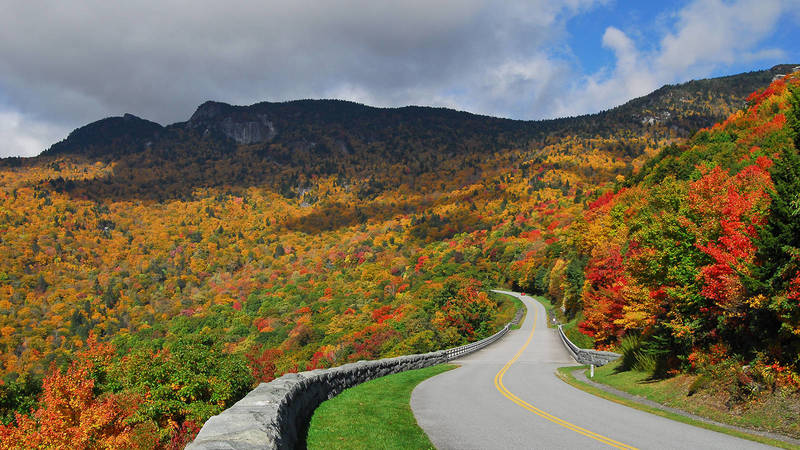If lawmakers continue chipping away at the National Park Service budget and offering only short-term funding solutions, we will continue to see cutbacks, closures, crumbling infrastructure, and disrepair in these places we love—the very places that should represent the best we have to offer as a nation.
It’s not difficult to understand why Americans show such strong bipartisan support and genuine love for our national parks—one visit is all it takes.
I had one of those special visits ten years ago when I traveled to Alaska with my husband, son, and parents to experience Denali National Park for the first time. It was like nothing we had ever seen, and I still remember the look on my son’s face after we spotted a grizzly bear sow in the wild with her cub. No matter how many times you look at pictures of unspoiled landscapes, see animals in zoos, or hear stories about how magical a national park is, there is nothing like coming face to face with nature in its truest state. My son’s expression of sheer awe is one that visitors throughout our 401 national parks can relate to. Whether it’s the excitement at watching Yellowstone’s Old Faithful erupt or the reverence of reading names on the Vietnam Memorial for the first time, national parks move us, and the memories stay with us for a lifetime.
During the 16 days Congress closed the federal government, legislators from both sides of the aisle made public displays of how important these places were to them, too. We saw prominent members of both the House and the Senate give heartfelt speeches and make passionate statements to the press proclaiming their dedication to the very park system they had closed just days earlier. Will these lawmakers remember that devotion to national parks when their short-term funding resolution runs out again on January 15?
That’s right—national parks and other federal government functions are open again, but only with enough funding to stay afloat through early winter. How can park managers plan ahead with any kind of certainty as they consider everything from building maintenance to snow plowing to special events? We’re back to the same kind of stopgap thinking that got us in trouble in the first place. What we need now is a long-term solution.
Meanwhile, the shutdown has had a real and lasting impact on our national parks and the people who depend on them. How many of the thousands of private-sector workers that went without pay will be scrambling to pay their bills this month? We keep hearing reports from small business owners that were devastated by the closures, including some who have even gone bankrupt, forcing layoffs in communities that are already hurting. And the parks themselves, which were already understaffed before the shutdown, suffered greatly with almost no one on duty to protect them for weeks. When officials reopened the parks, they began reporting vandalism from the Great Smoky Mountains to the Golden Gate National Recreation Area, including broken locks and gates, trampled vegetation, and spray-painted graffiti on signs, buildings, and roads. Is this really what we want for our “best idea”?
These impacts are heartbreaking, but only the latest symptoms of a much larger problem. Months before Congress closed the federal government, officials at national parks were already cutting back on staff and hanging closed signs on roads, visitor centers, and campgrounds due to the sequester. The latest short-term resolution from Congress only continues these damaging across-the-board spending cuts, and only for another couple of months. Remember how terrible it felt to be shut out of our national parks for just a couple of weeks? How you longed to go on a hike or a canoe ride or a picnic in a favorite spot with your family? If Congress stays on this damaging course of chipping away at the Park Service budget, we will continue to see cutbacks, closures, crumbling infrastructure, and disrepair in these places we love—the very places that should represent the best we have to offer as a nation.
National parks are one of the few issues we all say we agree on—but now it’s time for our lawmakers to do something. The Park Service budget represents just one-fifteenth of one percent of our federal budget, and this relatively small investment helps generate $31 billion for local economies each year. Congress: It’s time to put your money where your mouth is, restore critically needed funding to our National Park Service budget, and stop shortchanging our country’s most special places.
About the author
-
 Theresa Pierno President and CEO
Theresa Pierno President and CEOTheresa Pierno is President and CEO of the National Parks Conservation Association. She joined NPCA in 2004 after a distinguished career in public service and natural resource protection, and has helped to solidify the organization's role as the voice of America's national parks.
-
Issues


